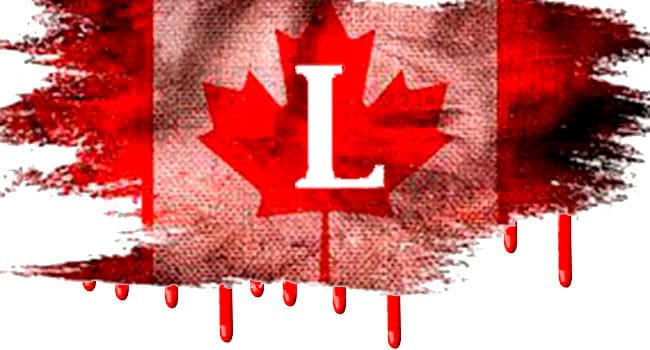By Charles Lammam
and Hugh MacIntyre
The Fraser Institute
Sometimes it takes years, if not decades, for a prime minister’s legacy to fully take shape. Other times it happens in much shorter order. Just two years into his first mandate, Prime Minister Justin Trudeau’s legacy on federal debt has taken form. And it’s not good.
Trudeau is on track to increase federal debt in his first term by more than any other prime minister not burdened by a world war or recession.
Racking up debt is no small matter. When government debt grows, more resources are needed to pay interest costs, diverting tax dollars away from public programs and services. Increasing the debt also saddles future generations with higher taxes to pay for today’s government spending.
But reasons behind debt accumulation are important. So to properly judge the debt legacy of Trudeau, or any other prime minister, historical context must be considered.
For example, Sir Robert Borden was prime minister from 1911 to 1920. Over this period, the per-person total federal debt burden (after accounting for inflation) increased 188 per cent. But because Borden’s debt accumulation occurred during the First World War (1914-1918), it would be unreasonable to note his debt legacy without acknowledging the war and its costs.
Moreover, Borden’s tenure coincided with a difficult economic period. Economic output (measured by inflation-adjusted gross domestic product) fell three years in a row from 1917 to 1919; it also dropped by 6.8 per cent in 1914.
Economic downturns of this kind, which are beyond the direct control of any prime minister, contribute to the accumulation of government debt. During recessions, Ottawa collects less revenue and, through much of Canada’s history, increases spending as Canadians make greater use of public programs such as Employment Insurance. The result is often a budget deficit, which requires the government to borrow and incur debt.
But what’s unique about Trudeau’s developing legacy on federal debt is that he hasn’t dealt with – and isn’t projected to deal with – a world war or recession during his tenure.
Only seven other prime ministers in Canada’s 150-year history have similarly not faced a world war or recession during their tenure. Of these prime ministers, Trudeau is expected to increase per-person federal debt the most – by a projected 5.0 per cent when his first term ends in 2019. (While 5.0 per cent may seem like a small amount, it’s the equivalent of $97 billion in new debt – or $1,396 more debt for each Canadian to shoulder.)
In stark contrast, other Liberal prime ministers who also didn’t face a world war or recession during their tenures reduced per-person federal debt – Jean Chrétien (-13 per cent), Paul Martin (-8.0 per cent), and Lester Pearson (-6.0 per cent). In total, five prime ministers (of eight) who governed in the absence of a world war or recession reduced the inflation-adjusted per-person federal debt burden.
Unlike Trudeau, these prime ministers seized the opportunity, in times of relative peace and economic stability, and left a legacy of lower debt for future Canadians.
In fact, Trudeau is one of only three prime ministers who increased federal debt per person, despite there being no world war or recession. The other two are John Abbott and MacKenzie Bowell, both of whom served in the late 19th century.
Trudeau is the only prime minister in the last 120 years who has increased the federal per-person debt burden without a world war or recession to justify it.
After only two years in office, Trudeau’s legacy on federal debt is already becoming clear, and future generations of Canadians will pay for it.
Charles Lammam and Hugh MacIntyre are co-authors of the Fraser Institute study “An Analysis of Federal Debt in Canada by Prime Ministers Since Confederation.”
Charles and Hugh are Troy Media Thought Leaders. Why aren’t you?
The views, opinions and positions expressed by columnists and contributors are the author’s alone. They do not inherently or expressly reflect the views, opinions and/or positions of our publication.



